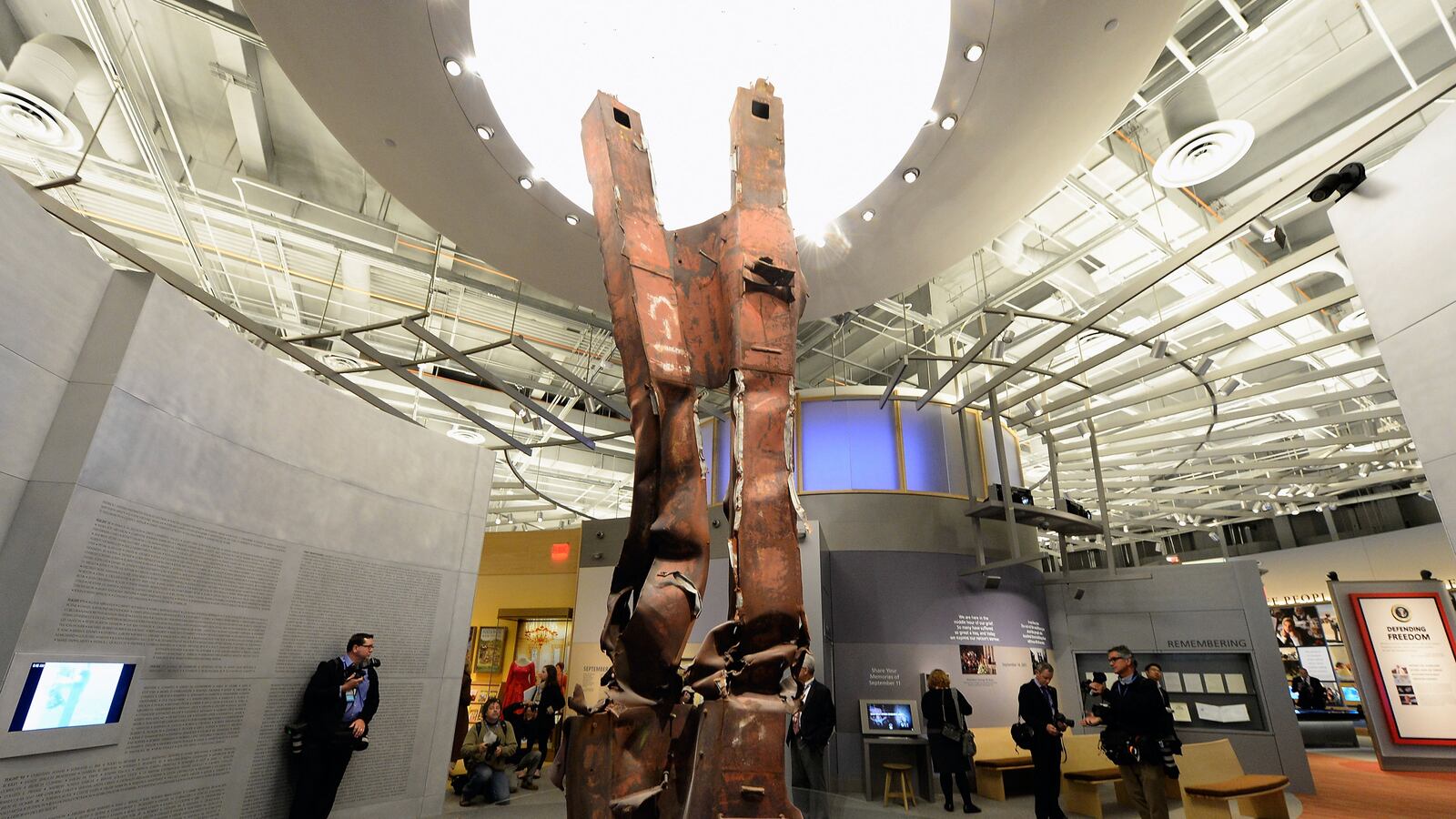Mention the name George W. Bush in mixed company, and you're likely to spark a lot of debate and emotion—hot and cold, good and bad. Not a lot of neutral reaction. He was elected in the most controversial contest in American electoral history and governed during one of the most tumultuous decades. And so, not surprisingly, people have strong opinions about him.

But as time has passed, and we take a step back and view those times and events in the rear-view mirror, a more balanced picture is emerging, reflected in a poll released this week by The Washington Post. That is why history's evaluation of political leaders like Winston Churchill and Harry Truman are so much different that the judgment they received during their tenure.
George W. Bush is not preoccupied with his legacy—nor with his popularity. He never has been. He has always led based on core conviction and strong principles and has believed that time and distance would allow for context.
He also believed that history would be a fair judge. That’s why he has been so content to disappear from the public arena since leaving White House.
But today, with the opening of the George W. Bush Presidential Library and Museum, the 43rd president comes back on the radar screen that he has been so diligently avoiding for the past four years.
It is an impressive return. I suppose the best one could ask of a presidential library and museum is that it accurately reflects the work of the administration and personality of its namesake. On this count, score a 10. The library is bold, honest, gracious, respectful, and humble. Those were all strong characteristics of George W. Bush.
The entire complex, much like his ranch in Crawford, Texas, is environmentally engineered, elegantly planned, and handsomely crafted. It is not overstated, but subtly powerful and moving.

One enters the museum into Freedom Hall, which is 67 feet high, with a 50-by-50 foot lantern and a 20-foot tall, 360-degree, high-definition video wall depicting Texas landscapes, American personae, and a montage of America’s presidents.
The first phase of the museum reflects the early moments of the administration, those days dedicated to education, tax reform, and Bush's compassionate-conservative agenda with community and faith-based groups.
Then you turn a corner, and suddenly you are confronted with two giant girders of burned and twisted steel, hit by one of the airplanes on September 11, 2001, both salvaged from the Twin Towers. And we remember just how abruptly Bush's presidency was altered, as were our society and our lives.
You progress through the rest of Bush's presidency, featuring exhibits that include a perfect replica of the Oval Office (one in which, unlike other museums, you can actually walk around in), high-tech mapping tables of Iraq and Afghanistan, Bush's baseball collection, a stunning map that demonstrates the toll of the AIDS epidemic globally, and the most unique feature—a Decision Points Theater, highlighted by an interactive experience that allows visitors to put themselves in the place of the president deciding how to respond to Iraq, Hurricane Katrina, and the economy’s meltdown.
It is this last feature that I think best characterizes the intent of the museum and library—as well as the reality of the Bush presidency. It was far from perfect. But Bush served during a profoundly challenging period in our history. And given the crises he faced, and the information he had at the time, George W. Bush did more than a pretty good job.
The bottom line is that even if you don't like Bush, if you are willing to put yourself in his position with the facts he had at the time, you will likely come away with a much greater appreciation and understanding for how and why the decision were made. The museum does a magnificent job of making that point—no matter how much you might disagree with the outcome of the decisions.
After this week George W. Bush will again recede from public view. But there will be a living testament to his presidency. It says a lot about the man that during the construction of the complex, upon inspection, he repeatedly commanded that editorial statements that had been included, like "thanks to Bush's strong leadership," be removed. He wanted the facts to speak for themselves. There is no whitewashing of the wars in Iraq and Afghanistan, of the search for weapons of mass destruction in Iraq, of enhanced-interrogation techniques, of Hurricane Katrina, or of the fiscal crisis. Because of that, I think history will look kindly on a highly principled man who was knew that by getting in the kitchen, he was gonna catch some hell.






